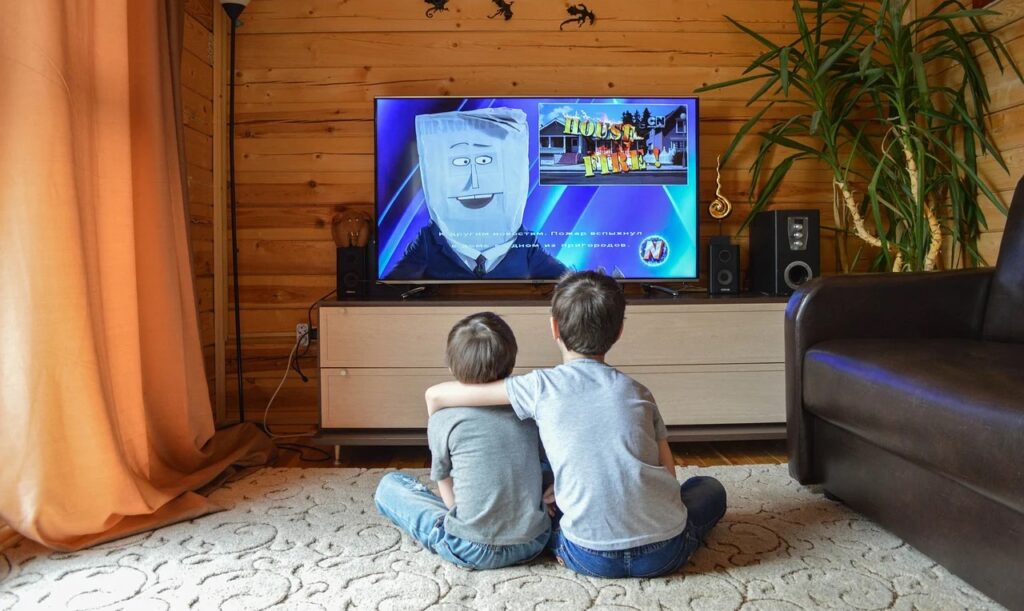The evolution of film and TV soundtracks has been a fascinating journey, transforming from simple piano accompaniments in silent films to the complex, multi-layered compositions we hear today. This evolution mirrors technological advancements, cultural shifts, and the ever-changing landscape of the entertainment industry. Soundtracks play a vital role in storytelling, enhancing the emotional depth and atmosphere of visual media.
The Evolution of Film and TV Soundtracks Over Time
In the early days of cinema, soundtracks were rudimentary, often performed live in theaters by pianists or small orchestras. These live performances aimed to cover the noise of the projector and provide some emotional context to the silent films. As technology advanced, synchronized sound became possible, marking a significant milestone with the release of “The Jazz Singer” in 1927, the first feature-length film with synchronized dialogue and music. This innovation paved the way for more intricate and integrated soundtracks.
With the advent of sound in film, composers like Max Steiner and Bernard Herrmann began to craft scores that were integral to the narrative. Steiner’s work on “Gone with the Wind” and Herrmann’s collaborations with Alfred Hitchcock, such as “Psycho,” showcased how music could enhance the psychological impact of a story. These scores were not merely background music but essential components of the film’s emotional and dramatic fabric.

The Golden Age of Hollywood and Beyond
The Golden Age of Hollywood saw the rise of iconic film composers who set the standard for movie soundtracks. Composers like Erich Wolfgang Korngold, Miklós Rózsa, and later John Williams, brought orchestral music to the forefront of cinematic experiences. Williams, in particular, redefined the film score with his work on “Star Wars,” “Jaws,” and “Indiana Jones,” creating themes that became as memorable as the films themselves. These scores utilized leitmotifs—recurring musical themes associated with particular characters or ideas—adding a layer of narrative cohesion and emotional resonance.
Television, on the other hand, initially relied on more modest musical arrangements due to budget constraints. However, the 1960s and 1970s saw a shift with shows like “Mission: impossible” and “Hawaii Five-O,” which featured distinctive, catchy themes that became synonymous with their series. These themes demonstrated that TV soundtracks could be both memorable and integral to the show’s identity.
The Digital Revolution and Modern Soundscapes
The advent of digital technology in the 1980s and 1990s brought new possibilities for film and TV soundtracks. Synthesizers and digital instruments allowed for more diverse and innovative sounds. Composers like Vangelis and Hans Zimmer embraced these new tools, creating iconic scores for films like “Blade Runner” and “The Lion King.” Zimmer’s use of electronic elements alongside traditional orchestration opened up new avenues for cinematic music, influencing a generation of composers.
In recent years, TV soundtracks have seen a renaissance, with series like “Game of Thrones” and “Stranger Things” featuring sophisticated and memorable scores. Ramin Djawadi’s epic compositions for “Game of Thrones” and the nostalgic, synth-driven score by Kyle Dixon and Michael Stein for “Stranger Things” demonstrate the high level of artistry in modern TV soundtracks. These scores not only enhance the viewing experience but also become cultural touchstones, often enjoyed independently of the shows they accompany.
Here are some key aspects of the evolution of film and TV soundtracks:
- Transition from live performances to recorded soundtracks
- Integration of leitmotifs and thematic elements
- Impact of digital technology on music composition
- Renaissance of TV soundtracks in recent years
The Role of Technology in Shaping Soundtracks
Technological advancements have consistently driven the evolution of film and TV soundtracks. The shift from silent films to talkies was just the beginning. The introduction of multitrack recording and digital audio workstations revolutionized how soundtracks were produced, allowing for greater complexity and experimentation.
Modern soundtracks often blend traditional orchestration with electronic music, creating unique soundscapes that were previously impossible. This blending of genres and techniques has led to some of the most innovative and memorable scores in recent history. The use of software like Pro Tools and Logic Pro has democratized the music production process, enabling composers to work more flexibly and creatively.
The Future of Film and TV Soundtracks
Looking ahead, the future of film and TV soundtracks is likely to be influenced by emerging technologies such as artificial intelligence and virtual reality. AI can assist composers in generating new musical ideas, while VR offers immersive experiences that require equally immersive soundtracks. These technologies will further expand the possibilities for how music can enhance storytelling in visual media.
The evolution of film and TV soundtracks reflects broader changes in technology, culture, and the entertainment industry. As these factors continue to evolve, so too will the soundtracks that accompany our favorite films and television shows, ensuring that this art form remains dynamic and integral to the storytelling experience.
